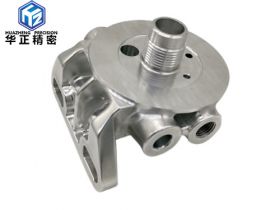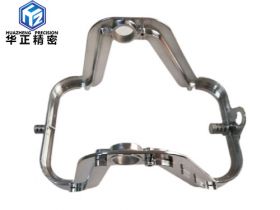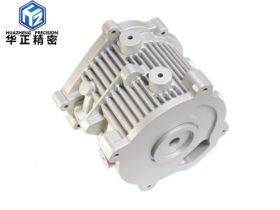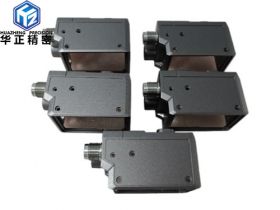News
Recommended Products
Contact Us
Contact Person: Cindy Zhu
TEL:+86 13418453374
Milling classification steps for large five-axis machining center pairs
Milling classification steps for large five-axis machining center pairs
Milling classification steps for large five-axis machining centers? The milling of a large five-axis machining center refers to the process of using a rotating multi-blade tool to cut the workpiece in the machining of the workpiece to achieve the process of making the finished workpiece. .
At present, the applied machine tools for milling are vertical milling machines, horizontal milling machines and large gantry milling machines for the production of large workpieces. Milling machine tools include not only ordinary mechanical machine tools, but also high-performance, highly automated CNC machine tools. What they have in common is the cutting process with a rotating milling cutter as a tool.
The milling tool of the five-axis machining center, the workpiece is rotated, moved, and fixed, and the rotating tool must also move at the same time to achieve the effect of five-axis linkage processing. So why should five-axis machining center milling be divided into rough milling, semi-finishing and finishing? First of all, in the machining of workpieces, the role of rough milling and semi-finishing milling is an irreplaceable step. Secondly, the process of forging and casting is that the blank cannot directly control the fine milling allowance of the workpiece, and the process requirements cannot be met with one milling, at least one pre-milling is required. Then, rough milling removes most of the stock allowance, semi-finishing can control the allowance of fine milling, and fine milling completes the final dimensional control and surface finish, all three are indispensable.
與此原文有關的更多信息要查看(kàn)其他翻譯信息(xī),您必(bì)須輸入相應原(yuán)文
發送反饋
Prev: What are the basic skills a machining engineer needs to have?
Next: What determines the precision of small CNC machining?
Back















